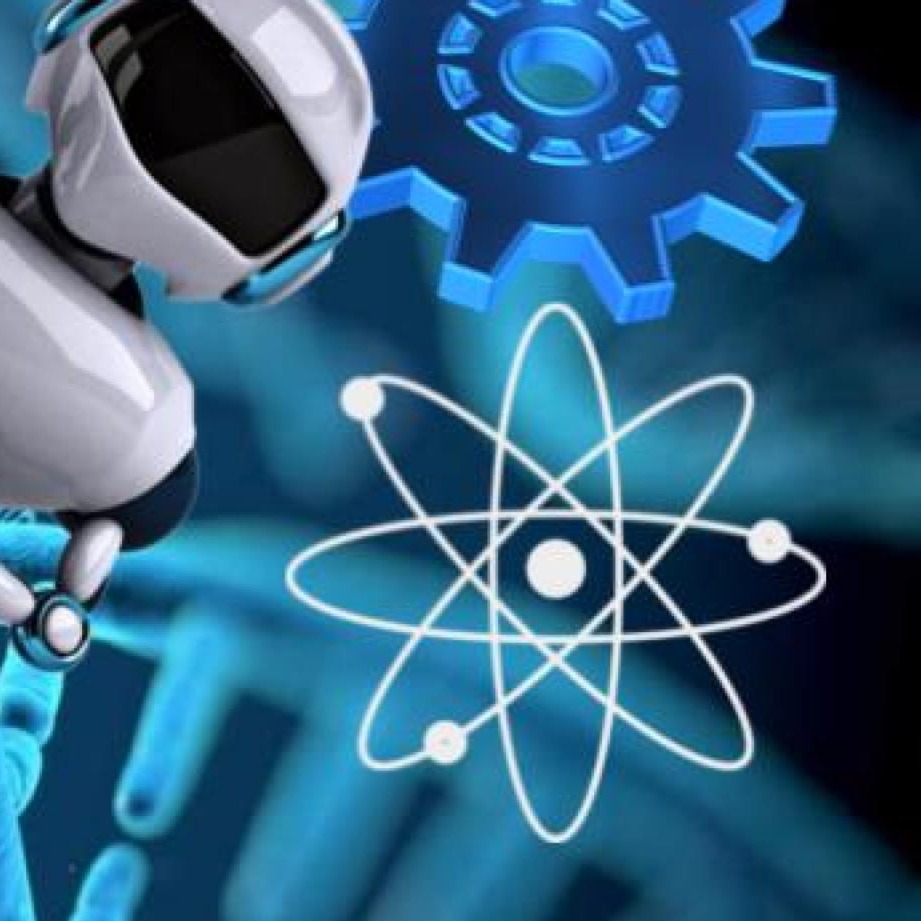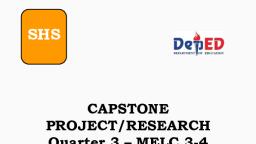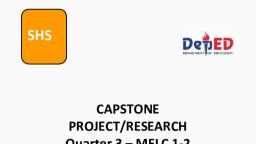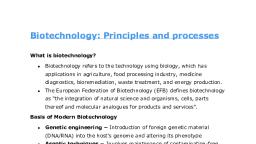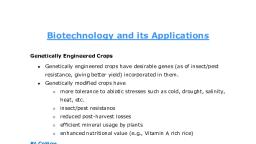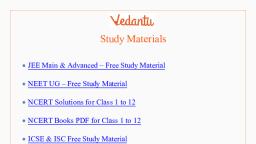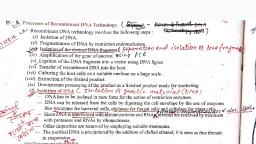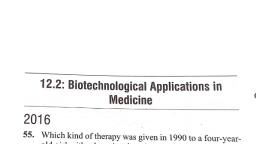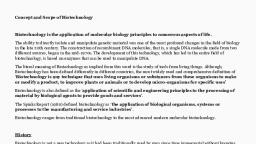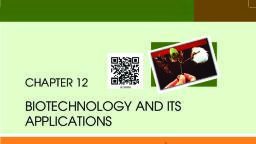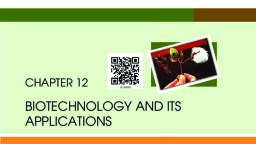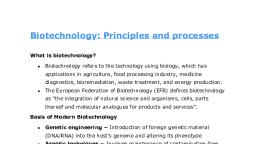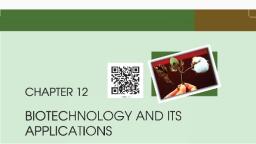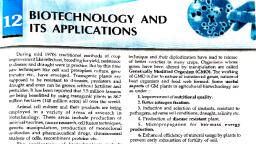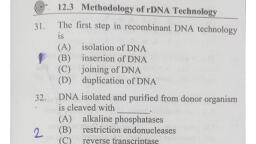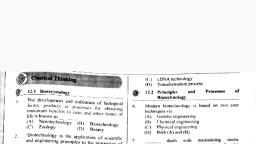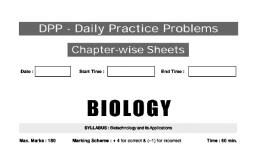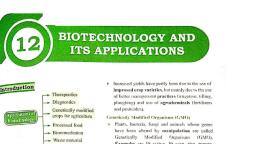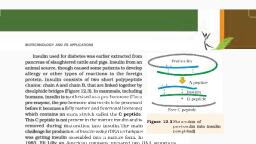Page 2 :
SHS General Biology I, Activity Sheet No. 1 – Processes Involved in Genetic Engineering, First Edition, 2020, Published in the Philippines, By the Department of Education, Region 6 – Western Visayas, Republic Act 8293, section 176 states that: No copyright shall subsist in any work of, the Government of the Philippines. However, prior approval of the government agency or, office wherein the work is created shall be necessary for exploitation of such work for profit., Such agency or office may, among other things, impose as a condition the payment of, royalties., This Learning Activity Sheet is developed by DepEd Region 6 – Western Visayas., ALL RIGHTS RESERVED. No part of this learning resource may be reproduced or, transmitted in any form or by any means electronic or mechanical without written permission, from the DepEd Regional Office 6 – Western Visayas., , 2
Page 3 :
Welcome to SHS General Biology I!, The Learning Activity Sheet is a product of the collaborative efforts of the Schools, Division of Aklan and DepEd Regional Office VI - Western Visayas through the Curriculum, and Learning Management Division (CLMD). This is developed to guide the learning, facilitators (teachers, parents and responsible adults) in helping the learners meet the, standards set by the K to 12 Basic Education Curriculum., The Learning Activity Sheet is self-directed instructional materials aimed to guide the, learners in accomplishing activities at their own pace and time using the contextualized, resources in the community. This will also assist the learners in acquiring the lifelong learning, skills, knowledge and attitudes for productivity and employment., , For learning facilitator:, , 3
Page 4 :
The SHS General Biology I Activity Sheet will help you facilitate the teachinglearning activities specified in each Most Essential Learning Competency (MELC) with, minimal or no face-to-face encounter between you and learner. This will be made available to, the learners with the references/links to ease the independent learning., , For the learner:, The SHS General Biology I Activity Sheet is developed to help you continue, learning even if you are not in school. This learning material provides you with meaningful, and engaging activities for independent learning. Being an active learner, carefully read and, understand the instructions then perform the activities and answer the assessments. This will, be returned to your facilitator on the agreed schedule., , 4
Page 5 :
Name of Learner:, Grade and Section:, , Date:, , SHS GENERAL BIOLOGY I ACTIVITY SHEET No. 2, , Applications of Recombinant DNA, , Discuss the applications of recombinant DNA (STEM_BIO11/12-IIIa-b-7), , The introduction of recombinant DNA technology paved the way in developing different, concepts and interventions in the field of biology. Because of the different problems occurred, in the society, people began to discover many things to lessen the problems encountered., This is the reason why such developments were done. Below are the important applications, of recombinant DNA technology. It includes (1) applications in crop improvement, (2), applications in medicines and (3) industrial applications., Applications in Crop Improvement, In crop improvement, development of different genetically modified crops improved, both yield and resistance to pests and weeds., 1. Distant Hybridization. Due to genetic engineering, it is now possible to transfer genes, between distantly related species. The barriers of gene transfer between species or even, genera have been overcome. Through the recombinant DNA technology, the desirable, genes can be transferred even from lower organisms to higher organisms., 2. Development of Transgenic Plants. Transgenic plants are genetically transformed plants, which contain foreign genes. Resistance to diseases, insects and pests, herbicides,, drought; metal toxicity tolerance; induction of male sterility for plant breeding purpose;, and improvement of quality can be achieved through this recombinant DNA technology., 3. Development of Root Nodules in Cereal Crops. Rhizobium (nitrogen fixing bacteria) found, in the root-nodules of leguminous plants converts the free atmospheric nitrogen into, nitrates in the root nodules. The bacterial genes responsible for this nitrogen fixation can, be transferred now to cereal crops like wheat, rice, maize, barley etc. through the, techniques of genetic engineering thus making these crops too capable of fixing, atmospheric nitrogen., 4. Development of C4 Plants. Improving the photosynthetic efficiency of crop plants can, improve its yield. The photosynthetic rate can be increased by conversion of C 3 plants, into C4 plants, which can be achieved either through protoplasm fusion or recombinant, 1
Page 6 :
DNA technology C4 plants have higher potential rate of biomass production than C 3, plants. Most C4 plants (sorghum, sugarcane, maize, some grasses) are grown in tropical, and subtropical zones., Applications in Medicines, Genetic engineering plays an important role in the production of antibiotics, hormones,, vaccines and interferon in the field of medicines., 1. Production of Antibiotics. Antibiotics produced by microorganisms are very effective, against different viral, bacterial or protozoan diseases. Some antibiotics are tetracyclin,, penicillin, streptomycin, novobiocin, bacitracin, etc. Improving the microbial strains, through modification of genetic characteristics helps in increasing the production of, antibiotics., 2. Production of Hormone Insulin. The insulin which is a hormone used by diabetics is, usually extracted from pancreas of cows and pigs. This insulin is slightly different in, structure from human insulin. It leads to allergic reactions in about 5% patients., Human gene for insulin production has been incorporated into bacterial DNA and such, genetically engineered bacteria are used for large scale production of insulin., 3. Production of Vaccines. Vaccines are now produced by transfer of antigen coding, genes to disease causing bacteria. Such antibodies provide protection against the, infection by the same bacteria or virus. These include vaccines for polio, malaria,, cholera, hepatitis, rabies, smallpox, etc., 4. Production of Enzymes. Recombinant DNA technique can produce some useful, enzymes like enzyme urikinase which is used to dissolve blood clots. It has been, produced by genetically engineered microorganisms., 5. Diagnosis of Disease. Recombinant DNA technology has provided a broad range of, tools to help physicians in the diagnosis of diseases. Most of these involve the, construction of probes: short Segments of single stranded DNA attached to a, radioactive or fluorescent marker. Such probes are now used for identification of, infectious agents, for instance, food poisoning Salmonella, Pus forming, Staphylococcus, hepatitis virus, HIV, etc. By testing the DNA of prospective genetic, disorder carrier parents, their genotype can be determined and their chances of, producing an afflicted child can be predicted., 6. Production of Transgenic Animals. Animals which carry foreign genes are called, transgenic animals. Cow, sheep, goat – therapeutic; human proteins in their milk. Fish, like common carp, cat fish, salmon and gold fish contain human growth hormone, (hGH)., Industrial Applications, Biofuels derived from biomass and these are renewable and cost effective. Genetic, engineering plays an important role in a beneficial and large scale production of biofuels. It, 2
Page 7 :
also helps in improving the organisms for obtaining higher product yields and improve, tolerance., Recombinant DNA technique will help in the production of chemical compounds of, commercial importance, improvement of existing fermentation processes and production of, proteins from wastes. This can be achieved by developing more efficient strains of, microorganisms. Specially developed microorganisms may be used even to clean up the, pollutants., , Activity 1., Directions: Inside the box are the different applications of recombinant DNA. Classify if it is, under Crop Improvement, Medicines and Industrial Applications. Write your answers on the, table below., , Crop Improvement, , Medicines, , Industrial Applications, , Activity 2., Directions: Answer the following questions comprehensively., 1. Discuss how the application of recombinant DNA influenced our way of living., , 3
Page 8 :
2. Cite some examples of the applications of recombinant DNA in your daily life., , 3. Without the knowledge of recombinant DNA application, do you think our lives will be, different? Why do you say so?, , Complete the statements below., I understand, 4
Page 9 :
I don’t understand, , I need more information about
